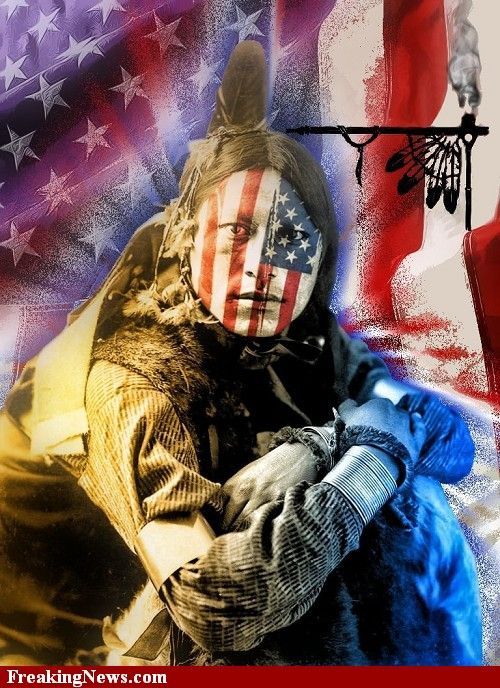Blog
Inayat Khan Rehmat Khan (Urdu: عنایت خان رحمت خان) (5 July 1882 – 5 February 1927) was an Indian professor of musicology, singer, exponent of the saraswati vina, poet, philosopher, and pioneer of the transmission of Sufism to the West. At the urging of his students, and on the basis of his ancestral Sufi tradition and four-fold training and authorization at the hands of Sayyid Abu Hashim Madani (d. 1907) of Hyderabad, he established an order of Sufism (the Sufi Order) in London in 1914. By the time of his death in 1927, centers had been established throughout Europe and North America, and multiple volumes of his teachings had been published.
more...The original idea was to photograph an aurora over a waterfall. After waiting for hours under opaque clouds, though, hope was running out. Others left. Then, unexpectedly, the clouds moved away. Suddenly, particles from a large solar magnetic storm were visible impacting the Earth’s upper atmosphere with full effect. The night sky filled with colors and motion in a thrilling auroral display. Struggling to steady the camera from high Earthly winds, the 34 exposures that compose the featured image were taken. The resulting featured composite image shows the photogenic Godafoss (Goðafoss) waterfall in northern Iceland in front of a very active aurora in late February. The solar surface explosion that expelled the energetic particles occurred a few days before. Our Sun is showing an impressive amount of surface activity as it approaches solar maximum, indicating that more impressive auroras are likely to appear in Earth’s northern and southern sky over the next few years.
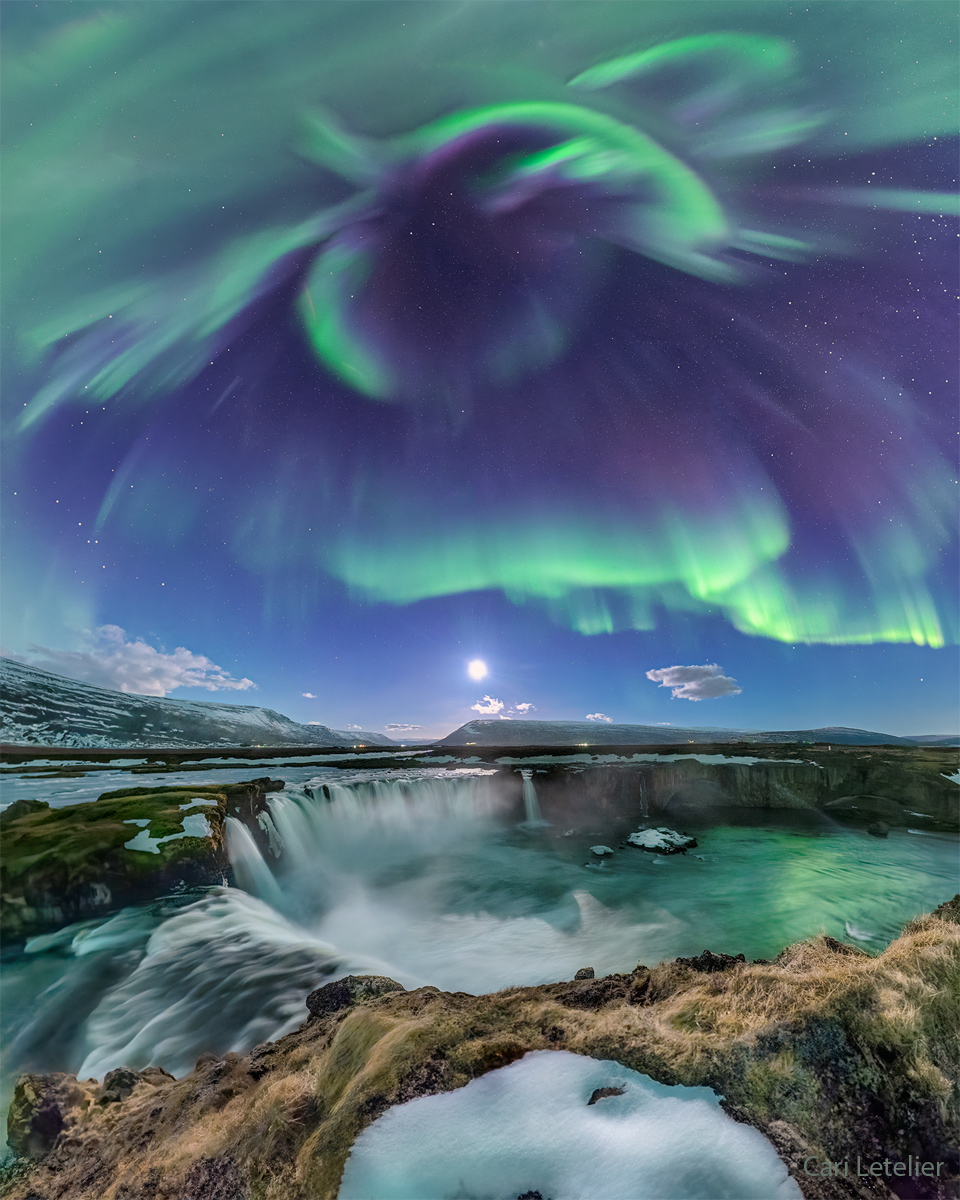
more...
Fred Wesley (born July 4, 1943) is an American trombonist who worked with James Brown in the 1960s and 1970s and Parliament-Funkadelic in the second half of the 1970s.
Wesley was born the son of a high school teacher and big band leader in Columbus, Georgia, and raised in Mobile, Alabama. As a child he took piano and later trumpet lessons. He played baritone horn and trombone in school, and at around age 12 his father brought a trombone home, whereupon he switched (eventually permanently) to trombone.
During the 1960s and 1970s, he was a pivotal member of James Brown‘s bands, playing on many hit recordings including “Say it Loud – I’m Black and I’m Proud,” “Mother Popcorn” and co-writing tunes such as “Hot Pants.” His slippery riffs and pungent, precise solos, complementing those of saxophonist Maceo Parker, gave Brown’s R&B, soul, and funk tunes their instrumental punch. In the 1970s he also served as band leader and musical director of Brown’s band the J.B.’s and did much of the composing and arranging for the group.
more...William Harrison Withers Jr. (July 4, 1938 – March 30, 2020) was an American singer and songwriter. He had several hits over a career spanning 18 years, including “Ain’t No Sunshine” (1971), “Grandma’s Hands” (1971), “Use Me” (1972), “Lean on Me” (1972), “Lovely Day” (1977) and “Just the Two of Us” (1981). Withers won three Grammy Awards and was nominated for six more. His life was the subject of the 2009 documentary film Still Bill. Withers was inducted into the Songwriters Hall of Fame in 2005 and Rock and Roll Hall of Fame in 2015. Two of his songs were inducted into the Grammy Hall of Fame.
William Harrison Withers Jr., the youngest of six children, was born in the small coal mining town of Slab Fork, West Virginia, on July 4, 1938.
more...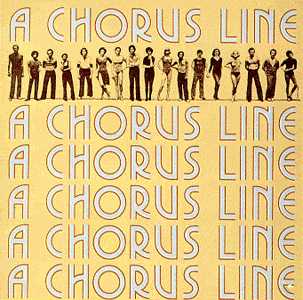
The spiral galaxy UGC 11860 seems to float serenely against a field of background galaxies in this image from the NASA/ESA Hubble Space Telescope. UGC 11860 lies around 184 million light-years away in the constellation Pegasus, and its untroubled appearance can be deceiving; this galaxy recently played host to an almost unimaginably energetic stellar explosion. A supernova explosion — the catastrophically violent end of a massive star’s life — was detected in UGC 11860 in 2014 by a robotic telescope dedicated to scouring the skies for transient astronomical phenomena; astronomical objects which are only visible for a short period of time. Two different teams of astronomers used Hubble’s Wide Field Camera 3 to search through the aftermath and unpick the lingering remnants of this vast cosmic explosion. One team explored UGC 11860 to understand more about the progenitor star systems that eventually meet their demise in supernovae. The unimaginably energetic environment during supernova explosions is predominantly responsible for forging the elements between silicon and nickel on the periodic table. This means that understanding the influence of progenitor star systems’ masses and compositions is vital to explaining how many of the chemical elements here on Earth originated. The other group of astronomers used Hubble to follow up supernovae that were detected by robotic telescopes. These automated eyes on the sky function without the intervention of humans, and capture transient events in the night sky. Robotic telescopes allow astronomers to detect everything from unexpected asteroids to rare, unpredictable supernovae, and can identify intriguing objects that can then be investigated in more detail by powerful telescopes such as Hubble. [Image Description: A spiral galaxy, a fuzzy oval tilted diagonally and partially towards the viewer. The centre glows in warm colours, and has two prominent spiral arms around it, with bright points of star formation.
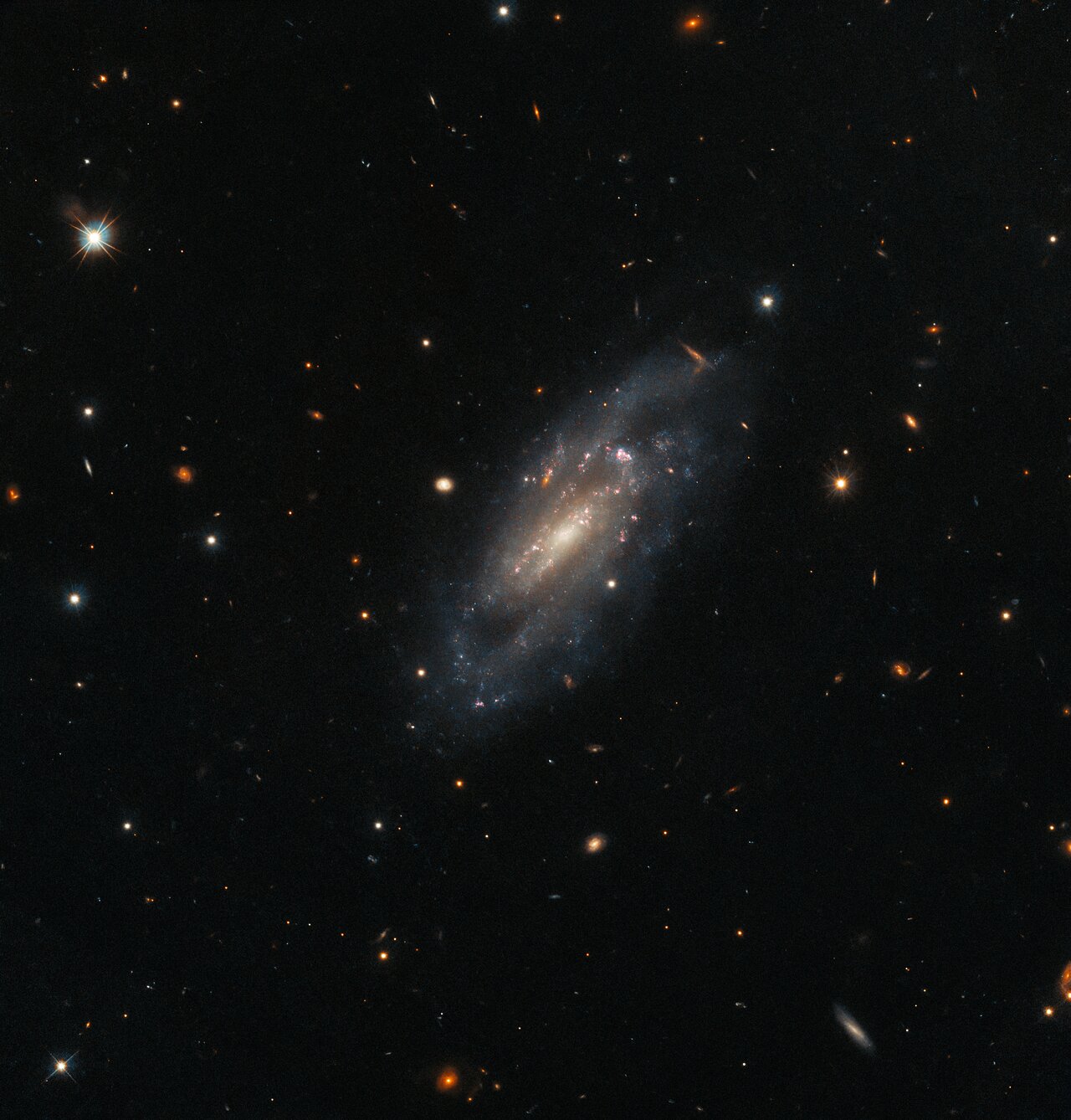
David Keith Lynch (born January 20, 1946 Missula, MO) is an American filmmaker, visual artist, musician and actor. A recipient of an Academy Honorary Award in 2019, Lynch has received acclaim for his independent films, which have been described as often involving elements of surrealism and film noir. He has received numerous accolades, including the Golden Lion in 2006 and an Honorary Academy Award in 2019.
Lynch studied painting before he began making short films in the late 1960s. His first feature-length film was Eraserhead (1977). He received nominations for the Academy Award for Best Director for The Elephant Man(1980), Blue Velvet (1986), and Mulholland Drive (2001). His film Wild at Heart (1990) earned the Cannes Film Festival’s Palme d’Or. Other notable films include Dune (1984), Lost Highway (1997), and Inland Empire(2006). Lynch and Mark Frost created the ABC series Twin Peaks (1990–1991), and Lynch co-wrote and directed its film prequel, Twin Peaks: Fire Walk with Me (1992) and the limited series Twin Peaks: The Return(2017). He also portrayed Gordon Cole in the Twin Peaks projects.
Lynch’s other artistic endeavors include his work as a musician, encompassing the studio albums BlueBOB(2001), Crazy Clown Time (2011), and The Big Dream (2013) as well as painting and photography. He has written the books Images (1994), Catching the Big Fish (2006), and Room to Dream (2018). He has also directed several music videos for artists such as Chris Isaak, X Japan, Moby, Interpol, Nine Inch Nails, and Donovan, and commercials for Calvin Klein, Dior, L’Oreal, Yves Saint Laurent, Gucci, and the New York City Department of Sanitation.
more...John Coles (July 3, 1926 – December 21, 1997) was an American jazz trumpeter. Coles was born in Trenton, New Jersey on July 3, 1926. He grew up in Philadelphia and was self-taught on trumpet.
Coles spent his early career playing with R&B groups, including those of Eddie Vinson (1948–1951), Bull Moose Jackson (1952), and Earl Bostic (1955–1956). He was with James Moody from 1956 to 1958, and played with Gil Evans‘s orchestra between 1958 and 1964, including for the album Out of the Cool. After this he spent time with Charles Mingus in his sextet which also included Eric Dolphy, Clifford Jordan, Jaki Byard, and Dannie Richmond. Following this he played with Herbie Hancock (1968–1969), Ray Charles(1969–1971), Duke Ellington (1971–1974), Art Blakey (1976), Dameronia, Mingus Dynasty, and the Count Basie Orchestra under the direction of Thad Jones (1985–1986).
In 1985 Coles settled in the San Francisco Bay area; he recorded with Frank Morgan and Chico Freeman the following year. After his return to Philadelphia in 1989 he again worked with Morgan and was part of Gene Harris‘s Philip Morris Superband. In 1990 he recorded with Charles Earland and Buck Hill. Coles recorded as a leader several times over the course of his career. He died of cancer on December 21, 1997 in Philadelphia.
more...Lonnie Smith (July 3, 1942 – September 28, 2021), styled Dr. Lonnie Smith, was an American jazz Hammond B3 organist who was a member of the George Benson quartet in the 1960s. He recorded albums with saxophonist Lou Donaldson for Blue Note before being signed as a solo act. He owned the label Pilgrimage, and was named the year’s best organist by the Jazz Journalists Association nine times.
Smith was born in Lackawanna, New York, on July 3, 1942. He was raised by his mother and stepfather,and the family had a vocal group and radio program. He stated that his mother was a major influence on him musically, as she introduced him to gospel, classical, and jazz music.
Smith was part of several vocal ensembles in the 1950s, including the Teen Kings which included Grover Washington Jr., on sax and his brother Daryl on drums. Art Kubera, the owner of a local music store, gave Smith his first organ, a Hammond B3.
Smith’s affinity for R&B mixed with his own personal style as he became active in the local music scene. He moved to New York City in 1965, where he met George Benson, the guitarist for Jack McDuff‘s band. Benson and Smith connected on a personal level, and the two formed the George Benson Quartet, featuring Lonnie Smith, in 1966.
more...Rhoda Scott (born July 3, 1938) is an American soul jazz organist and singer. She is nicknamed “The Barefoot Lady”.
Scott was born and raised in the Dorothy neighborhood of Weymouth Township, New Jersey, the first child to a Black travelling minister father and a white mother. She has six siblings. At 20 years old, Scott begain to play the organ in an R&B group. She soon founded her own groups, gigging around metro New York, eventually opening for Count Basie in Newark, where he invited her to play his Harlem club. In 1963, she recorded her first album, Live! at the Key Club (Tru-Sound/Prestige TSLP-15014). She also met Eddie Barclay, who paid $75 to acquire one of her songs, Hey Hey Hey that became a big hit.
more...In parts of Antarctica, not only is it winter, but the Sun can spend weeks below the horizon. At China‘s Zhongshan Station, people sometimes venture out into the cold to photograph a spectacular night sky. The featured image from one such outing was taken in mid-July of 2015, just before the end of this polar night. Pointing up, the wide angle lens captured not only the ground at the bottom, but at the top as well. In the foreground, a colleague is taking pictures. In the distance, a spherical satellite receiver and several windmills are visible. Numerous stars dot the night sky, including Sirius and Canopus. Far in the background, stretching overhead from horizon to horizon, is the central band of our Milky Way Galaxy. Even further in the distance, visible as extended smudges near the top, are the Large and SmallMagellanic Clouds, satellite galaxies near our huge Milky Way Galaxy.
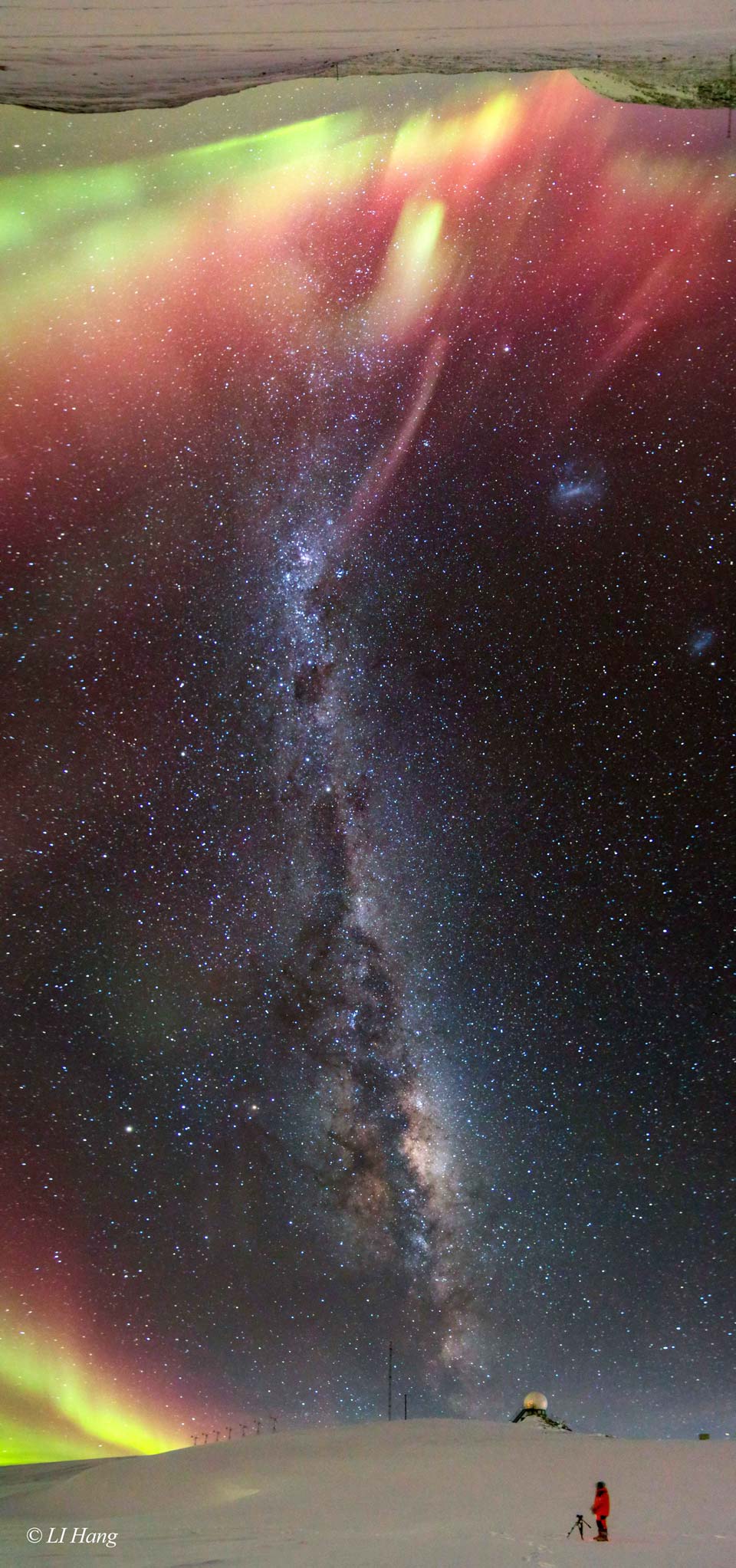
Herbert Harper (2 July 1920 — 21 January 2012) was an American jazz trombonist of the West Coast jazz school.
Born in Salina, Kansas, he played swing music with Benny Goodman and Charlie Spivak in the 1940s and 1950s. Working on the West Coast jazz scene, he performed with such musicians as Stan Kenton, Bill Perkins and Maynard Ferguson, among others.
In June 1949, he was a member of the band backing Billie Holiday on her Just Jazz radio broadcast for AFRS in Los Angeles. Other band members were Neal Hefti (trumpet), Herbie Steward (clarinet, tenor saxophone), Jimmy Rowles (piano), Robert “Iggy” Shevak (bass) and Roy “Blinky” Garner (drums).
In 1954, he recorded several sessions as a member of Steve White‘s Hollywood-based quartet.
more...Angelo Chambers, 2 July 1924, Denton, Texas, USA, d. 7 June 1993, St. Paul, Minnesota, USA. While living in Dallas, Chambers worked for a while as a waiter at a blues club where he also acted as emcee and developed an engaging stage presence. Later, he appeared regularly at blues clubs in many Midwestern cities. His day job was a bus driver but whenever the opportunity arose he would be on stage, singing, occasionally playing drums, and introducing other acts with considerable panache. Although he lived in several other cities, he eventually settled in St. Paul, Minnesota. There, he led his own band, the Blue Birds, and also worked with a band led by Harmonica Tom Schafer. In 1991 he recorded the single, ‘Mean And Evil Woman’, which became a local hit, as did the b-side, ‘Cleo’. These tracks appeared on his sole album, which was completed not long before his death. A cassette was prepared for a launch, which Milwaukee Slim was able to attend even though he was failing in health. The album itself was released two years later and included ‘Standing On The Outside Crying’, ‘Sweet Little Angel’, ‘You Got Me Thinkin’’, ‘I’m A Legend’, ‘Double Trouble Blues’, ‘Mean And Evil Woman’, and ‘Mean Old World’, as well as his hit singles.
more...More Posts
- The Cosmos with NGC 100
- Melaine Day
- Bobby Durham Day
- Johnny Guitar Watson Day
- Lil Hardin Armstrong Day
- Kid Thomas Valentine Day
- World Music with Dally Kimoko
- Daily Roots with Roland Alphonso
- The Cosmos with M95
- Graham Nash Day
- James Blood Ulmer Day
- Stan Getz Day
- Sonny Stitt Day
- World Music on Flamenco Fridays with Paco de Lucia
- Daily Roots with Derrick Morgan
- The Cosmos with NGC 488
- Joshua Redman Day
- Joe Sample Day
- Sadao Watanabe Day
- World Music with Muthu Kumar and Ravi Kulur
